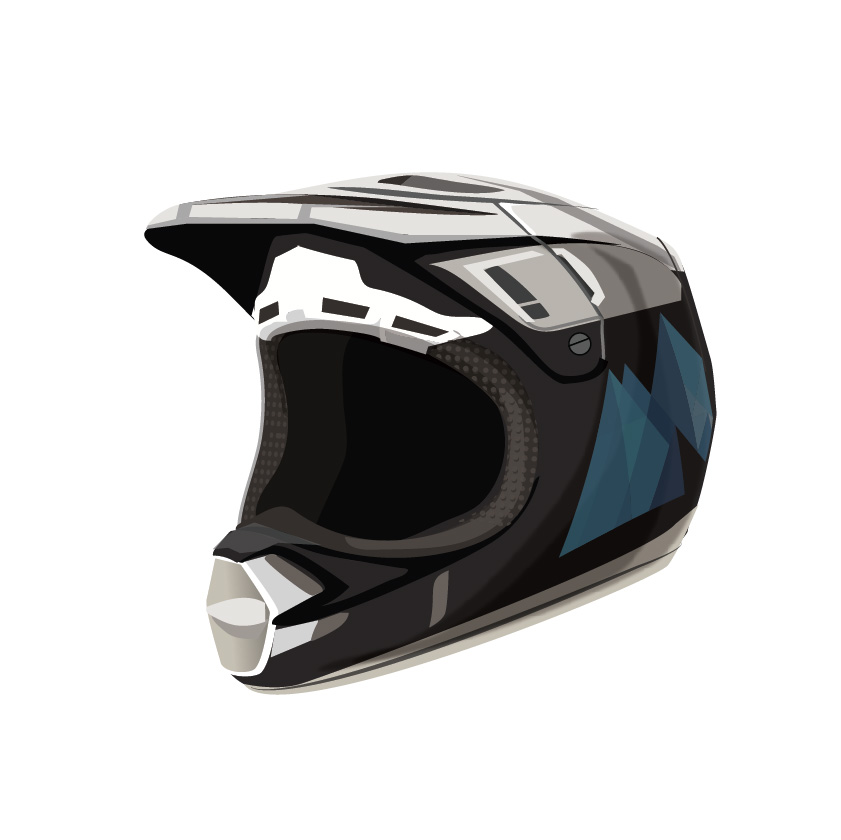SLEDsmart! USA Knowledge Base
Module 02 - Before Heading Out
YOUR ESSENTIAL GEAR LIST: HELMETS

Helmet
A helmet CAN and WILL save your life. When choosing your helmet, make sure you buy one that’s meant for your type of machine and that’s been approved by your state, the Department of Transportation (DOT), or the Snell Memorial Foundation Standards. Just look for the approval sticker on the helmet. Always keep your snowmobile's helmet strap and/or buckles properly tightened and fastened while you're riding.
Helmet Types

Full Faced Helmets
- A full-face helmet is your best bet, as it will best protect your head and face in an accident.
- These are the most popular helmet type. They’re usually designed with a vent, breath box, or face shield that can be flipped up to prevent the rider’s breath from fogging up the visor.
- Full-face helmets are also designed with a full-faced visor and chin strap which will protect your face and eyes from the cold and from any flying debris or snow.

Open-Faced Helmets
- Open-faced helmets will provide head injury protection, however they will not protect your face in an accident and they do not come with a chin guard.
- This style of helmet is not recommended for snowmobilers.
- If you plan on using an open-faced helmet, it's important to purchase a face shield or goggles to protect your eyes and a balaclava to protect your skin from frostbite.

Modular Helmets
- These helmets are designed so that the entire front of the helmet can be flipped up when needed, to reduce fogging. Some are even designed with ear pockets that can be used for communication equipment. This is a high-tech option and can be a great tool for riders in a group.
- These helmets keep your face warm and protect you from the wind, but they aren't as sturdy as full-faced helmets and won't provide the same degree of protection in an accident.
- Modular helmets are popular for riders who wear glasses and are a better option for those who feel claustrophobic wearing a full-faced helmet.

Sno-cross Helmets
- These helmets are similar to motocross helmets (those worn by dirt bikers).
- The difference between a motocross helmet and a snocross helmet is that sno-cross versions are designed with the option of using a breath box which helps reduce fog and keeps the rider's vision clear.
RIDER SAFETY TIP: HELMET REFRESH
Check your helmet regularly for any damage. Look for any broken seals, dents or cracks. Snowmobile helmets will begin to lose their overall strength over time and become brittle. This will reduce their ability to protect your head in an accident. For this reason, you should replace your helmet every five years, and if you're ever involved in a crash, replace your helmet immediately, even if it doesn’t look damaged.



